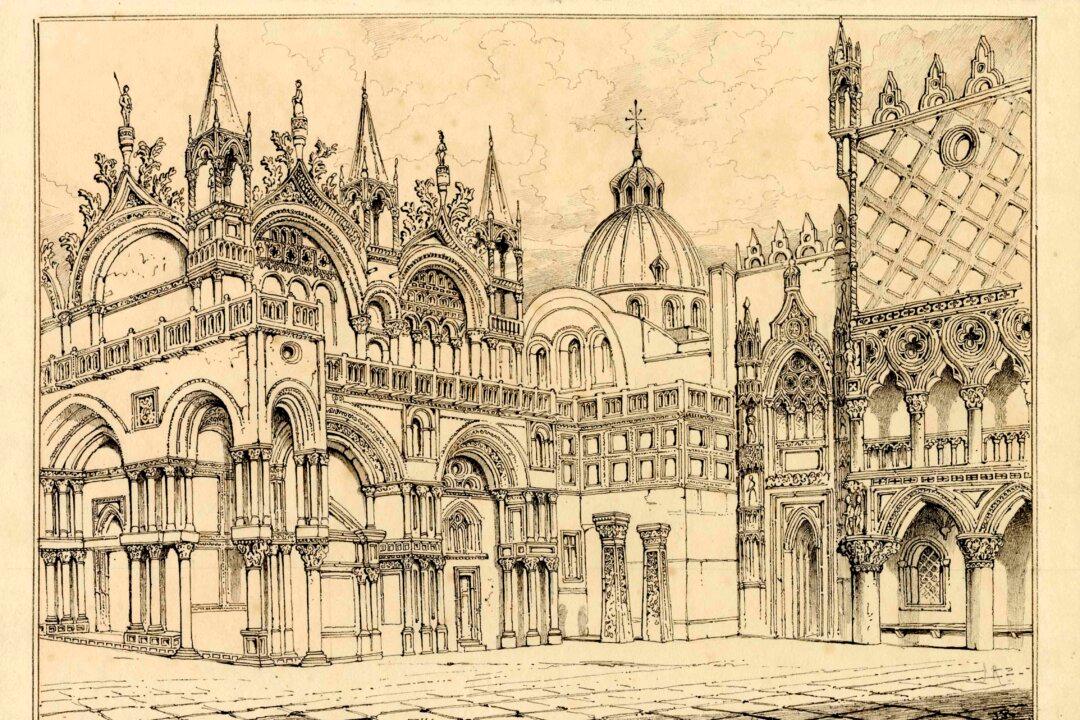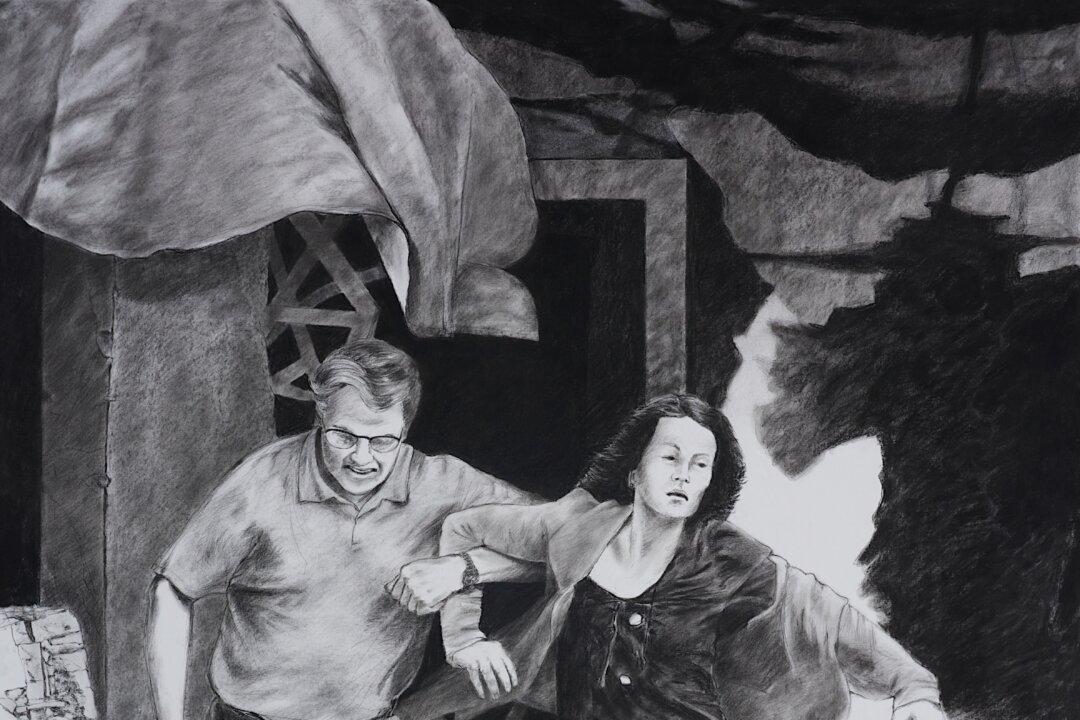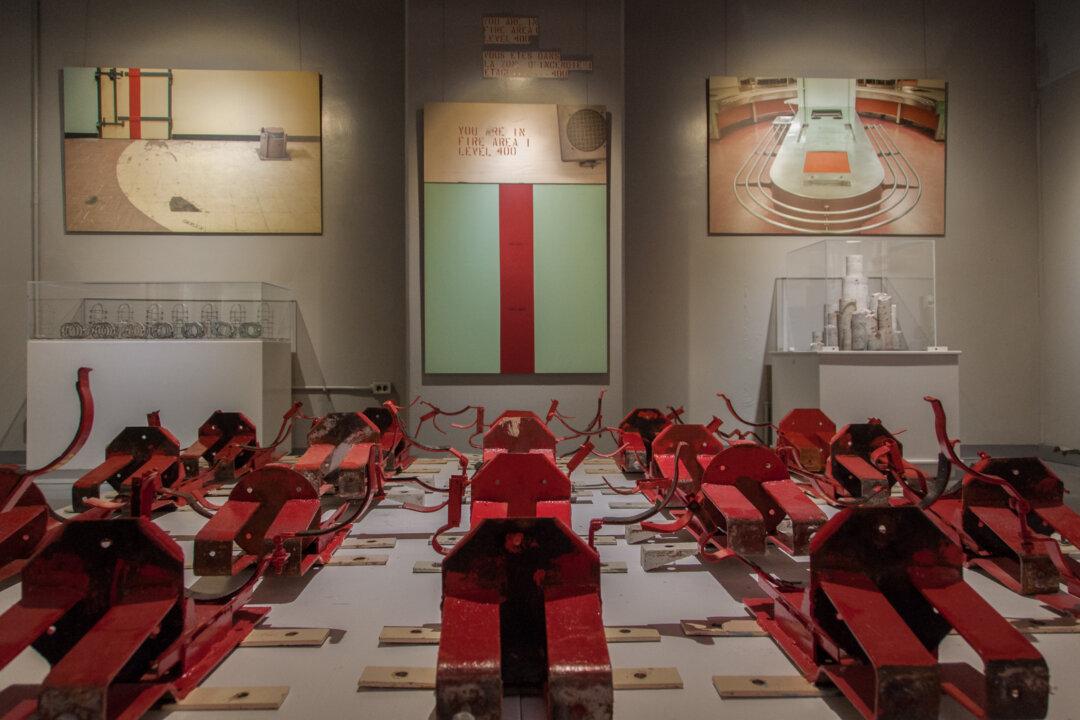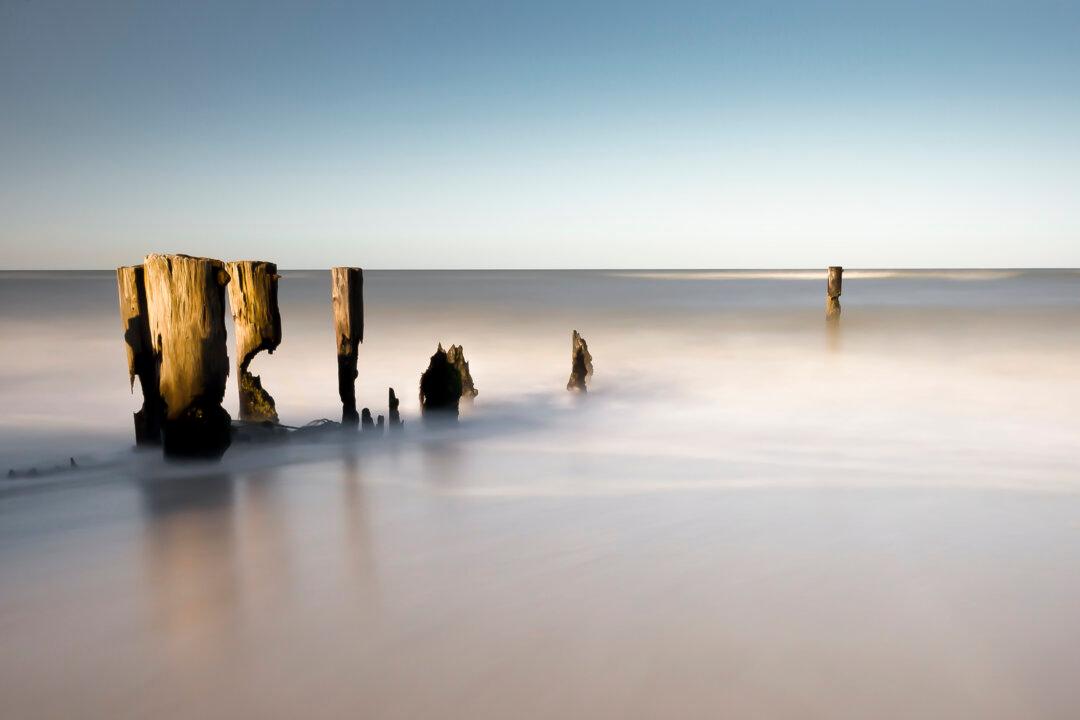In England, in the heyday of Victoriana, one critic’s voice was foremost—John Ruskin (1819—1900). His subject matter ranged from art and architecture to arguments for the practice of art as a necessarily moral endeavour. Ruskin’s writing remains paradigmatic. “Seven Lamps of Architecture” and the five-volume “Modern Painters” are his best-known studies today.
Ruskin was also an artist, and the National Gallery of Canada is currently displaying more than 130 of his drawings and watercolours in a joint exhibition organized with the National Galleries of Scotland. The exhibition co-curators are Christopher Newall (NGC) and Conal Shields (NGS).
In the first room of the exhibition, two of Ruskin’s early notebooks are on view. They have been opened to pages of field drawings with his accompanying notes, written in a beautiful hand.
“Geological Diary of 1835” was compiled when Ruskin was 16-years-old. His ink drawing of a rock formation is elegantly worked. In the second notebook, a double page displays two unrelated industrial drawings: funnels and the rigging of a sailing ship. Again, the drawings are made with economy and elegance. This notebook was compiled when Ruskin was in his late 20s.
A quote by Ruskin posted on the gallery wall nearby reads: “The first vital principle is that man is intended to observe with his eyes, and mind.” He was faithful to that dictum all his life, and from an early age, as we see from the notebooks he kept.
Nonetheless, Ruskin did not think of himself as an artist. On another wall we read Ruskin’s own statement on the matter: “I consider my sketch only as a written note of certain facts, and those I put down in the rudest and clearest way as many as possible.”
Many of the most remarkable drawings displayed are close-study architectural renderings of facade details—details, both large and small, taken from such important buildings as the Basilica of St. Mark in Venice or the Duomo in Verona. The drawing labelled “Gryphon Bearing the North Shaft of the West Entrance of the Duomo, Verona,” for example, is a drawing of a small bit of stone ornamentation.
In the exhibition, the gallery has paired the gryphon drawing with a daguerreotype—one of the first forms of the photographic process—of the same scene. Interestingly, the daguerreotype is one credited to Ruskin and John Hobbs, his assistant. Ruskin owned a camera and used photography as a study aid for his drawings. In these pairings, we see how superior is Ruskin’s eye and hand to the lens of his camera.
Although Ruskin photographed throughout the 1840s and 1850s, by 1858 he had stopped all photography.
The landscapes Ruskin chose to record are delicate scenes typically set at a distance from the observer. For example, “Glacier des Bois” is a small painting of rose and blue tints swirling in the mountain breeze. “Study of Dawn: the first scarlet on the clouds” is painted just as economically and quietly in its watercolour and gouache hues.
Still life studies are few—a dead pheasant, some bird feathers, etc. One still life, however, appears to be a study of something unusual—a lump of reds and greens isolated against a white field. No way to know top from bottom. No way to know what it may be. Ruskin’s title? “Study of a piece of brick to show cleavage in burnt clay.”
None of the work displayed can be described as a “quick sketch.” Ruskin drew well, deliberately, and in close detail. Blessed with uncommon visual acuity, he omitted nothing from his record of the scene before him. Thus, “Mountain Rock and Alpine Rose” includes not only rock and flower, but some sort of shed, trees, and sticks piled up along the pathway, too. The medium includes ink, chalk, watercolour, and gouache.
Ruskin championed close, accurate observation and the practice of drawing from nature as a moral discipline. He was friends with and a supporter of the work of many of the artists of his time, including J.M.W. Turner, William Morris, and the Pre-Raphaelites, all of whom found inspiration for their work not only in their romantic idealization of the medieval period, but also in their whole-hearted appreciation of handwork, craft, and design.
John Ruskin, Artist and Observer is on display at The National Gallery of Canada until May 11
Maureen Korp PhD is an independent scholar, curator, and writer who lives in Ottawa. Author of many publications, she has lectured in Asia, Europe, and North America on the histories of art and religions. Email: [email protected]





